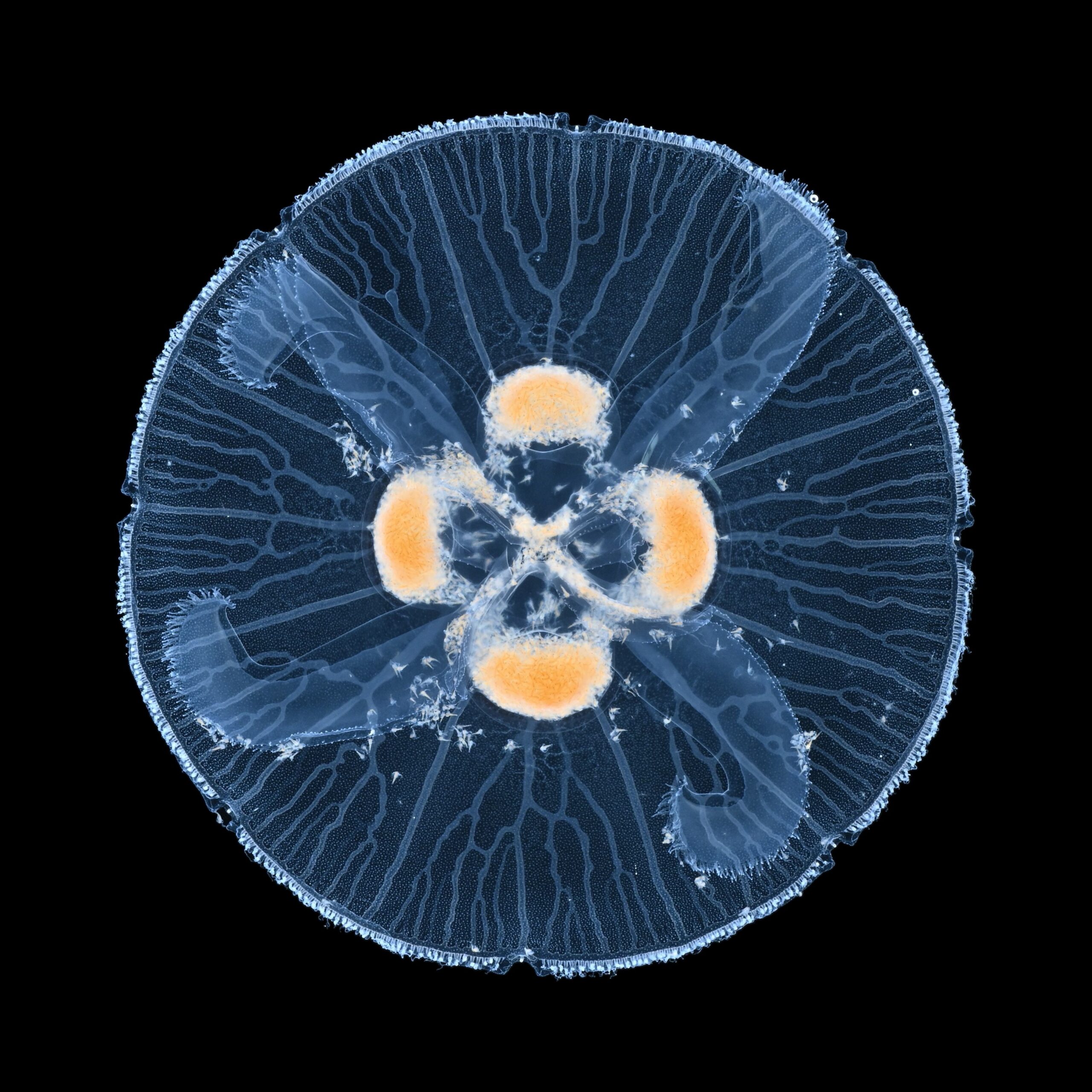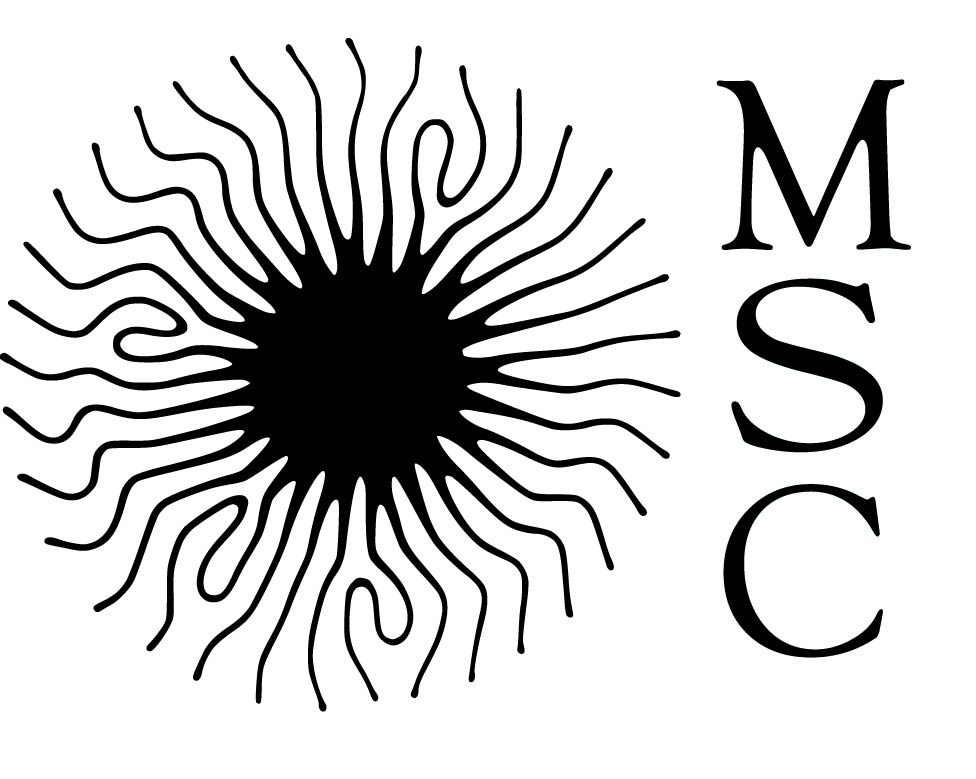An international team of scientists from the Faculty of Physics at the University of Warsaw, the Laboratoire Matière et Systèmes Complexes, and the Institut des Sciences de la Terre d’Orléans described how loops, crucial for the stability of transport networks, appear in such networks. Researchers observed that when one branch of the network reaches the system boundary, the interactions between branches drastically change. Previously repelling branches start to attract each other, leading to the sudden formation of loops. The research results were published in the prestigious journal “Proceedings of the National Academy of Sciences.” The described process appears in a surprising number of systems—from electrical discharge networks to fluid mechanics instabilities, to biological transport networks like the canal system in the jellyfish Aurelia.
Nature offers us a wide spectrum of spatial, transport networks, from our own blood vessels to electrical discharges in the sky during a storm. “Such networks take various shapes,” explains Stanisław Żukowski, a PhD student at the University of Warsaw and Université Paris Cité, the first author of the publication. “They can have a tree-like geometry, where branches of the network only split and repel each other during growth. In other cases, when branches attract and reconnect during growth, we deal with looping structures.” Networks with many loops are widespread in living organisms, where they actively transport oxygen or nutrients and remove metabolic waste products. An important advantage of looping networks is their reduced vulnerability to damage—in networks without loops, the destruction of one branch can cut off all connected branches, while in networks with loops, there is always another connection to the rest of the system. Recently, scientists from our university have described the stability of already existing loops [link do notki o artykule Piotra w PRL?]. But how do they appear in the first place?
Many transport networks grow in response to a diffusive field, such as the concentration of a substance or pressure in the system. In such systems, only competition and repulsion between the branches had previously been observed. The attraction of branches leading to loop formation remained long undescribed. The first attempt to understand loop formation in such systems was made a few years ago by the group of Prof. Piotr Szymczak from the Faculty of Physics at UW. “We showed that a small contrast in mobility (transport speed) inside the network versus outside can lead to attraction between growing branches and loop formation,” says Piotr Szymczak. The work has led to a joint project, in the form of Stanisław Żukowski’s joint doctorate, between Piotr Szymczak’s group and the group of Annemiek Cornelissen, a researcher at the Laboratoire Matière et Systèmes Complexes. “In our laboratory, we study the morphogenesis of the gastrovascular network in jellyfish. It’s a beautiful example of a transport network with many loops,” says Annemiek Cornelissen. “When I saw Annemiek’s presentation at a conference in Cambridge a few years ago, I immediately thought that our models might apply to the growth of channels in jellyfish,” adds Piotr.
“The formation of loops when one branch reaches the system boundaries—a phenomenon we describe in our latest publication—we first noticed in the canal network of a jellyfish,” says Stanisław Żukowski. “Analyzing the development of these channels over time, I noticed that when one of them connects to the jellyfish’s stomach (the system boundary), shorter channels are immediately attracted to the longer neighbor channel and form loops.” The same phenomenon was observed by scientists in gypsum dissolution experiments conducted at the University of Warsaw by Florian Osselin, in the Saffman-Taylor experiment where less viscous fluid is injected into more viscous one and the boundary between the two fluids transforms into finger-like patterns, and finally in the literature on electrical discharges.
“The wealth of systems in which we discovered very similar dynamics convinced us that there must be a simple, physical explanation for this phenomenon,” says Annemiek Cornelissen. In their publication, the scientists presented a model describing the interactions between branches. They focused on how these interactions change when one branch approaches the system boundary and breaks through. “The competition and repulsion between branches then disappear, and attraction appears,” explains Stéphane Douady. “This inevitably leads to loop formation.”
“Our model predicts that the attraction between neighboring branches after breakthrough occurs regardless of the network’s geometry or mobility contrast in the system,” says Piotr Szymczak. In particular, we showed that near breakthrough loops can form in systems with very high mobility contrast, previously thought impossible. This explains why this phenomenon is so widespread in physical and biological systems. “In cases where the growth mechanisms are still not clear this will be a strong indication that the system dynamics are controlled by diffusive fluxes.” adds Stanisław Żukowski. “It will be exciting to see in what other systems we might see loop formation near breakthrough.”

Figure 1. Gastrovascular canals of the jellyfish Aurelia, a network showing the presence of loops
“The formation of loops when one branch reaches the system boundaries—a phenomenon we describe in our latest publication—we first noticed in the canal network of a jellyfish,” says Stanisław Żukowski. “Analyzing the development of these channels over time, I noticed that when one of them connects to the jellyfish’s stomach (the system boundary), shorter channels are immediately attracted to the longer neighbor channel and form loops.” The same phenomenon was observed by scientists in gypsum dissolution experiments conducted at the University of Warsaw by Florian Osselin, in the Saffman-Taylor experiment where less viscous fluid is injected into more viscous one and the boundary between the two fluids transforms into finger-like patterns, and finally in the literature on electrical discharges.
“The wealth of systems in which we discovered very similar dynamics convinced us that there must be a simple, physical explanation for this phenomenon,” says Annemiek Cornelissen. In their publication, the scientists presented a model describing the interactions between branches. They focused on how these interactions change when one branch approaches the system boundary and breaks through. “The competition and repulsion between branches then disappear, and attraction appears,” explains Stéphane Douady. “This inevitably leads to loop formation.”
“Our model predicts that the attraction between neighboring branches after breakthrough occurs regardless of the network’s geometry or mobility contrast in the system,” says Piotr Szymczak. In particular, we showed that near breakthrough loops can form in systems with very high mobility contrast, previously thought impossible. This explains why this phenomenon is so widespread in physical and biological systems. “In cases where the growth mechanisms are still not clear this will be a strong indication that the system dynamics are controlled by diffusive fluxes.” adds Stanisław Żukowski. “It will be exciting to see in what other systems we might see loop formation near breakthrough.”
Références
Breakthrough-induced loop formation in evolving transport networks
https://www.pnas.org/doi/10.1073/pnas.2401200121
Contact
Stanislaw Zukowski, PhD student, zukowski.st@gmail.com
Annemiek Cornelissen, chargé de recherche CNRS, annemiek.cornelissen@univ-paris-diderot.fr
